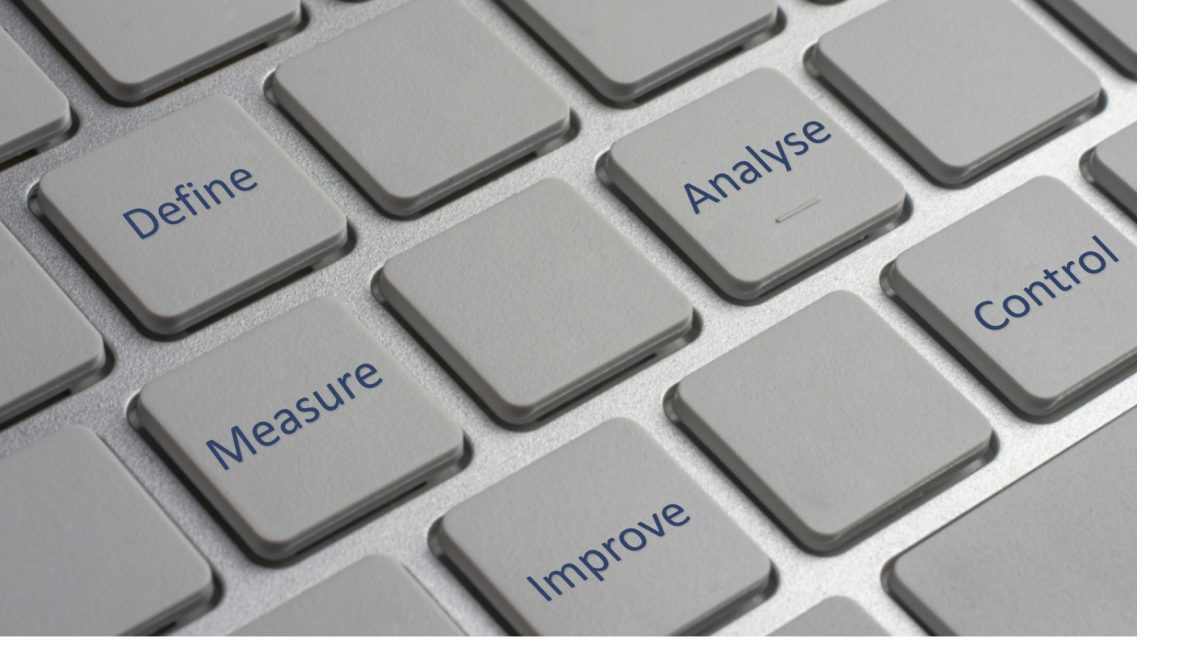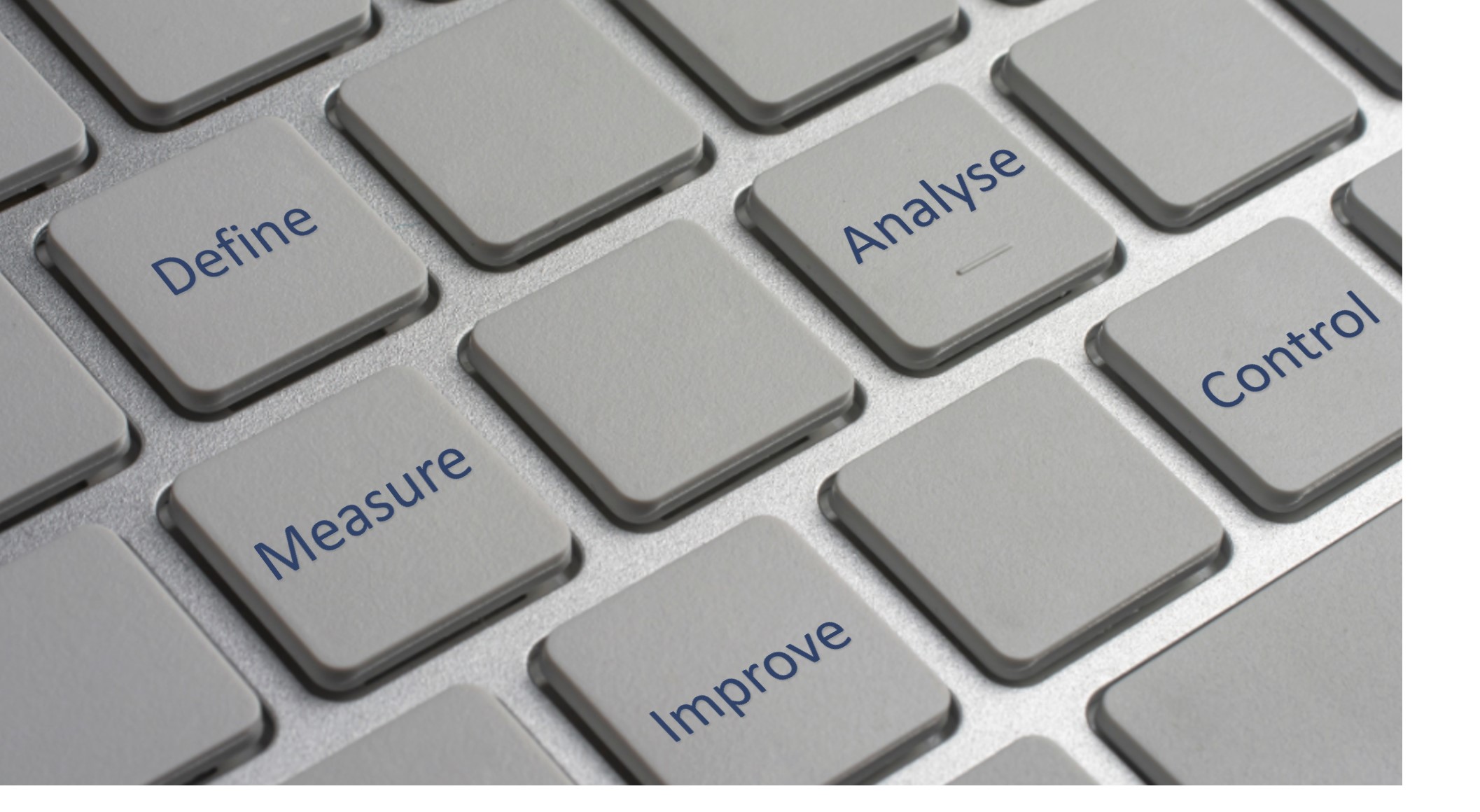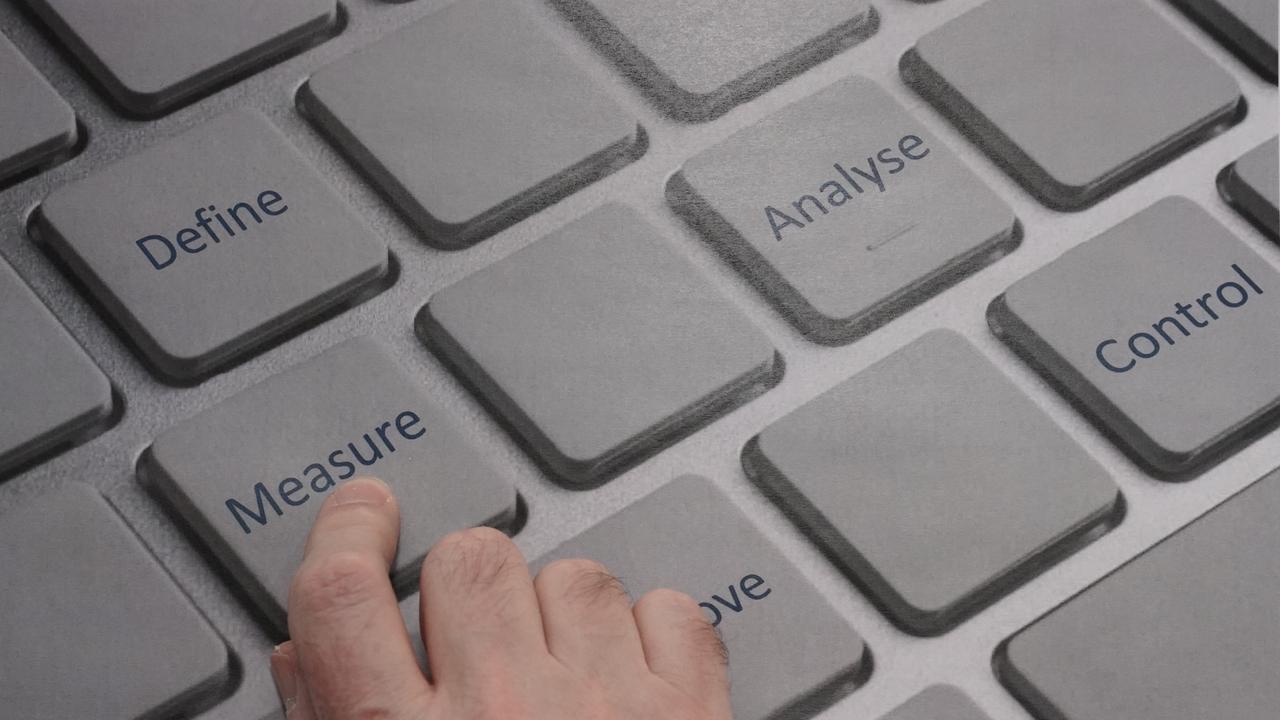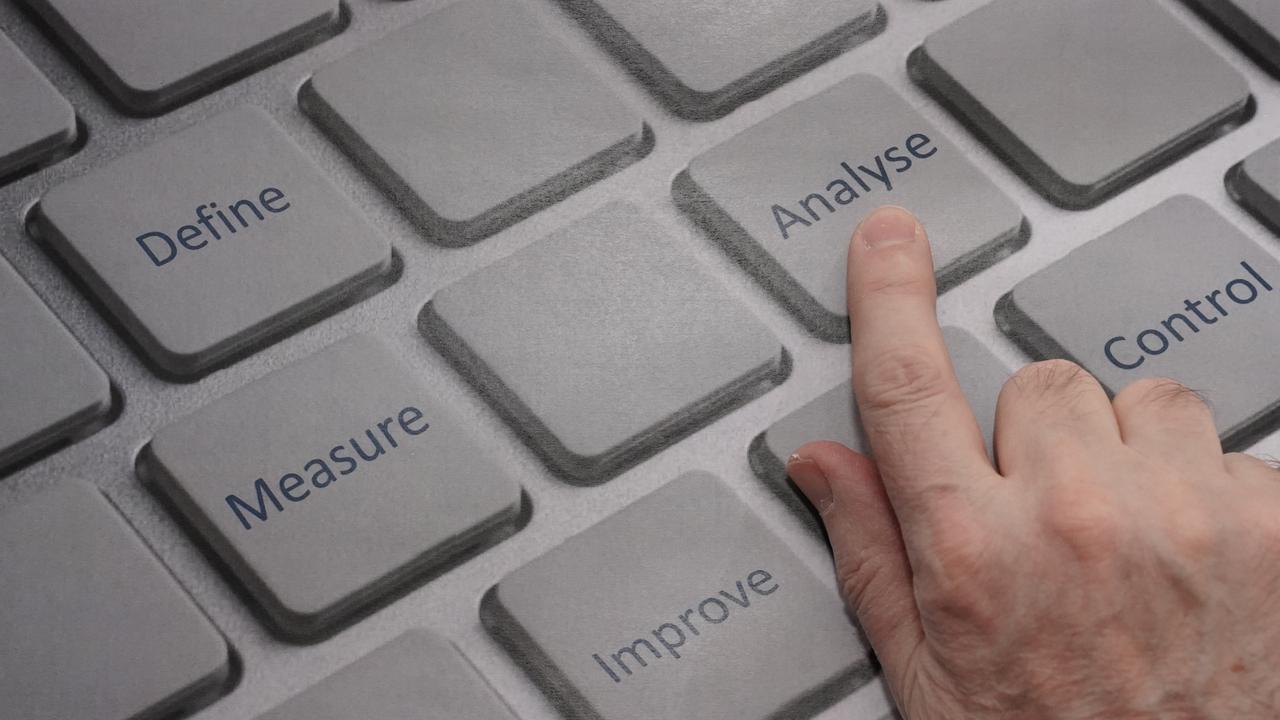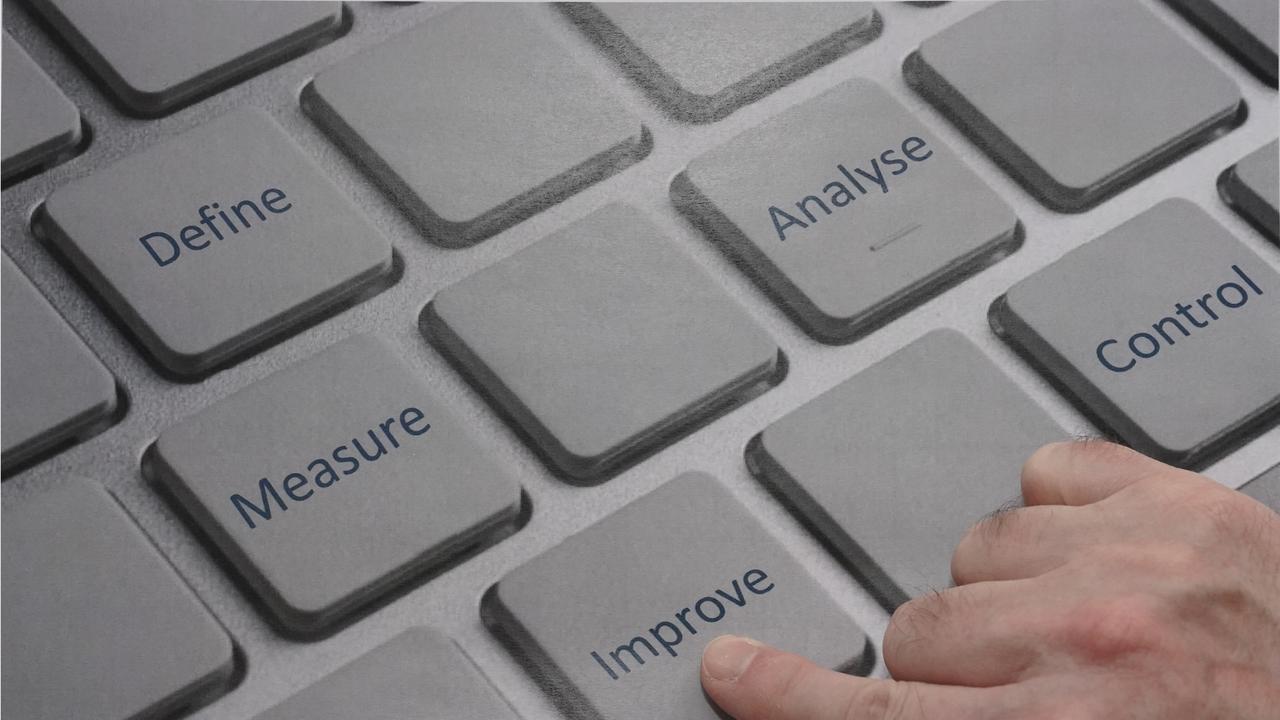DMAIC – Introduction
Problem Solving with DMAIC
When it comes to business problem solving, there are many approaches available to us. Those professionals experienced in problem solving will have their own favoured methods. Those who are less experienced in continuous improvement or operational excellence may need some initial guidance. If you fall into the latter category it’s worth researching all the options, however I hope what follows is of some use to you.
One common approach specifically used for project-based process improvement is the popular five-step method abbreviated as DMAIC. The letters stand for Define-Measure-Analyse-Improve-Control.
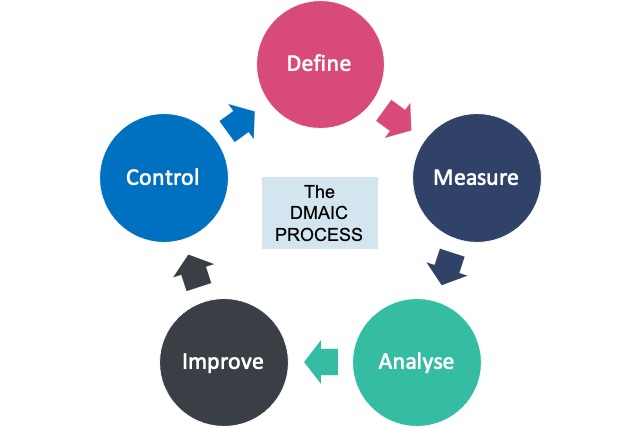
DMAIC is often pronounced as “De-may-ik” or “D-make” or “D-mack”. It doesn’t really matter how you say it, it only matters that you follow the five steps.
Like any other method, DMAIC does not suit every circumstance. For example, where small daily improvements are required or where brand new processes have to be designed, alternative methods should be used. Ask Me
However, I have used this approach on countless occasions for process improvement projects and I will continue to do so simply because it helps to structure and sequence the activities in a logical and effective manner.
In my experience the use of DMAIC facilitates success in extracting better performance from existing processes.
The application of DMAIC does not have to be complicated. I have heard some people suggest that the method necessitates the use of complex statistics – that is just plain wrong!
I have used these five steps in everything from one-hour problem solving sessions to delivering improvement projects lasting six months or more. Whilst DMAIC can be employed by an individual, it is normally a team-based method. DMAIC can be applied to both administrative as well as manufacturing processes and there are plenty of case studies available to review.
DMAIC is used the world over and has stood the test of time. It is often deployed as one technique within Continuous Improvement and Operational Excellence work and is frequently cited as one element of “Lean Six Sigma” methodologies.
If you are new to problem solving and process improvement and have not yet used this model to generate better performance in your organisation, then I can assure you that this simple approach can transform the results you get.
Structure and Creativity
Just before I explain the steps in more detail, I would like to discuss Structure and Creativity.
We have occupied this planet for a long time and human beings have successfully solved many, many problems along the way. However, sometimes that problem-solving has utilised techniques such as “trial and error”, or simply learning from our mistakes.
No doubt these methods have their place. However, in a modern business context, when faced with important process issues to fix, suggesting to your boss that your approach will be trial and error, is unlikely to receive a favourable response.
We need ways that are more efficient as well as being effective. The DMAIC model gives us such a systematic and structured method to follow.
However, I come from the school of thought that says structure on its own is insufficient and that creative and innovative thinking are vital elements of the problem-solving process. Thankfully, there is plenty of room within the DMAIC model to bring creativity into the picture.
Indeed creativity is encouraged at every step, but especially when analysing a problem situation or when suggesting solutions once that analysis is complete.
Hence DMAIC helps us benefit from the combination of both structure and creativity and it is important to remember that.
The Five Stages
The idea of DMAIC is to systematically progress through the stages in sequence. However, it is quite acceptable to revisit a previous stage to adjust or clarify the information that has been gathered as we uncover new knowledge about our process. Our aims at each stage in very simple terms are:
- Define. Our aim is to be clear about what problem we are trying to solve, why and for whom. This is done from a number of perspectives but identifying internal and external customers of the improvement and determining what they value is a core part of Define. Normally we create a Problem Statement which helps keep the improvement team focussed throughout the following stages. Read More
- Measure. Our aim is to ensure we can demonstrate a quantifiable improvement as a result of the work. Hence, we select and measure at least one important characteristic of the process that we are trying to impact. Normally this stage includes gathering and summarising some data, however the chosen measures can be as simple or sophisticated as the circumstances require. Read More
- Analyse. Our aim is to get an in depth understanding of the reasons for the problem. We are trying to determine fundamentally what drives the current process performance. If the activity requires a root-cause analysis, this is the stage to perform it. The root causes, as opposed to higher level symptoms, are what we will address at the Improve stage. Read More
- Improve. Our aim is to generate and select the best solutions and pilot them. The preferred solutions are then designed in detail. When ready, these solutions are piloted prior to full implementation. Piloting is a great learning vehicle as this is where we gain the first insight into the level of improvement we might deliver in practice. Repeat piloting allows us to hone our solutions to maximise the benefit we will eventually gain. Read More
- Control. Our aim is to ensure our solutions are sustainable. Having done all the work in the previous four stages, we don’t want our solutions to unravel through time. This stage is where we standardise, roll-out and embed our solutions in the organisation. Read More
I’m hoping my explanation here is pretty straightforward but please don’t be fooled by the deceptive simplicity of this highly effective method. There are many team-based thinking tools that can be applied within each of the steps and the combination of these and DMAIC make this approach very powerful (again just ask me.)
For more information on what happens at each stage I have created a series of blogs, one for each stage – links on the right.
Continuous Improvement
I normally present the steps of DMAIC visually as a loop rather than as a straight list with a beginning and an end. By connecting Control back into Define I am trying to suggest it is a continuous improvement process.
It should be noted however, that most simple projects require only one cycle through the five steps. A decision to embark on another cycle of DMAIC should rest with project sponsors.
Summary
The DMAIC methodology continues to be a popular problem-solving method simply because it works so well as an approach for increasing the performance of existing processes.
It has helped teams the world over to deliver success in countless improvement projects with huge cumulative economic value to both private and public sector organisations.
For professionals new to DMAIC it may seem simple, but when correctly adopted it is an incredibly powerful way of thinking through and successfully delivering improvement.

